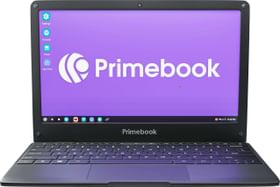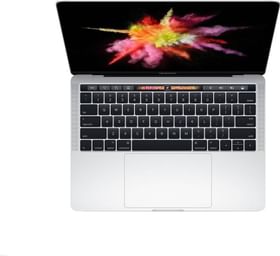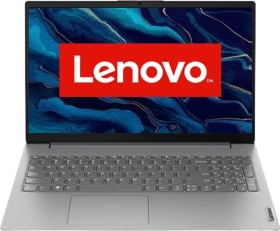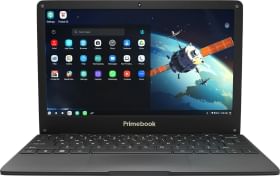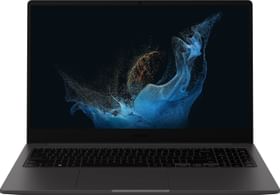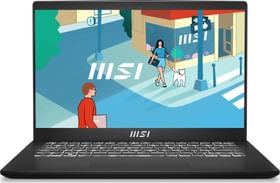Windows 11 can run an Android app, but only a handful at the moment. Not only that, the feature is geo-restricted to the US only at the moment. The users would also need an Amazon US account to enjoy this. This limits who can experience the feature and how many apps one can use. However, now there is a workaround for this problem as in there is a way by which you can sideload any unsupported Android app on Windows 11. This is quite similar to how one can download any third-party apps on one’s Android smartphone.
Requirements to Sideload Android Apps on Windows 11
- You will need to be in the Windows 11 Insider Program and have the Windows Subsystem for Android installed.
- You will need to install Android Debug Bridge (ADB) on your PC.
- Then, you should also have the APK files for the apps you want to install. These can be found from trusted sources like APK Mirror, APKPure, or the XDA developer forums. Be sure that you are downloading a legitimate file from a safe website. Cracked or modded APKs can be harmful to PCs and privacy of your personal data.
- You may also need to sideload the MicroG APK to use apps that check for Google Play Services verification. This is open-source software that replicates Google’s services so you can use apps on otherwise unsupported devices.
ALSO READ: Google Camera Port from Pixel 6 Series Now Available for Download on Android Smartphones
How to enable Windows Subsystem for Android on Unsupported Windows 11 PC

On supported Windows 11 PCs, if you search for Windows Subsysem for Android, or visit the store page through this link, you’d find “This appwill not work on your device” error message and you won’t be able to download or install it. So, here’s what you gotta do then:
1. Copy this link – https://www.microsoft.com/en-us/p/win… and paste it in the search box on this page – https://store.rg-adguard.net/. Make the choices as seen in the above image and press the tick button. This would scan and present a bunch of links. Now, you have to simply click on the one at the bottom with around 1.21GB file size. This will download the file. I suggest using Microsoft Edge browser for this process. And if you are getting error like “….can’t be downloaded securely” then all you need to do is click on the 3-dot menu and choose the Keep option and then Keep anyway. It will start downloading.

2. Once downloaded, go to the download folder where the file is present and DON’T open it. Rather, you have to right click on it and choose Copy as path option. Save this copied path on to Notepad or any other place. We’ll be using it very soon.

3. Now, either right click on the Start button or straight up search for Windows Terminal (admin) option and approve the admin rights. The terminal command window will appear. If this is your first time using this, don’t be bothered by the look of it. Follow the instructions below and everything would work without a problem.
4. Copy this command Add-AppxPackage -Path and paste it on to the terminal. Next to it, paste the previously copied path which you might have saved in Notepad. To paste all you have to do is right click and it will be done. Now hit Enter button on your keyboard. It will take a few seconds to process and once done, you’ll have Windows Subsystem for Android installed and available within the Start menu. Don’t open it now. There are a few more steps to perform.
5. Search for Turn Windows Features On/Off in the Start menu or the Windows Search option. Select the result and a small window would appear with a list of options. Scroll, and ensure both these options are ticked – Virtual Machine Platform and Windows Hypervisor Platform. Now the system would search for required files and apply changes. You’ll be prompted to restart. Do so.
6. Now install Android SDK Platform Tools from this link https://developer.android.com/studio/…. You have to agree to the terms and conditions and press download.

7. Once it is done, go to the folder where it is downloaded, extract it and go inside the folder where its files are present.

8. Open the Command Prompt window here by entering cmd on the address bar of the File Explorer. And in the command line, you have to enter – adb connect 127.0.0.1:58526
Now, this string of numbers is your IP address. For that, open the Windows Subsystem for Android and enable Developer Mode. If it shows IP address is unavailable, press refresh option next to it. If it doesn’t work, try pressing Manage developer settings. And if again you are getting some error, you probably have to enable Virtualization within Windows BIOS system. Google how it has to be done for your PC/Laptop model.
Once virtualization is enabled properly, retry refreshing for IP address within the Windows Subsystem for Android and this time you should see a string of numbers similar to the above mentioned one. Just enter it next to the adb connect command. Sometimes, here too, you might get ‘failed to authenticate’ error. Don’t worry, enter – adb devices command and it will authenticate the next time you enter adb connect 127.0.0.1:58526.
ALSO READ: Apple macOS Monterey: Best Features and How to Update
Steps to Sideload Android Apps on Windows 11
If all the above requisites and steps are done properly, you should be able to sideload Android apps on to Windows 11 machine.
Of course, you will require APK files of the Android apps you want to install. You can download the same from sites like APKMirror.

In the Windows Terminal Window, type the command adb install followed by the folder pathway and filename in quotation marks. For example, the full command may look something like – adb install “C:\com.whatsapp_2.21.21.15-212115005_minAPI16(x86_64)(nodpi)_apkmirror.com”.
If everything is correct, you will see “Performing Streamed Install” in Windows Terminal once the installation is started, and “Success” once it’s complete.
This will complete the process of sideloading any Android apps on Windows 11. You can run these apps from the Windows 11 side menu. They will be listed under “all apps”. Double click to run the app and it will open in its app window.
How to Uninstall Android Apps on Windows 11

Now, not all apps would be fully compatible and hence you might face force closes or weird user interfaces.
To uninstall an Android app from Windows 11 PC, simply right-click on the app icon in the Start Menu and click on “Uninstall” option. That’s all.

























